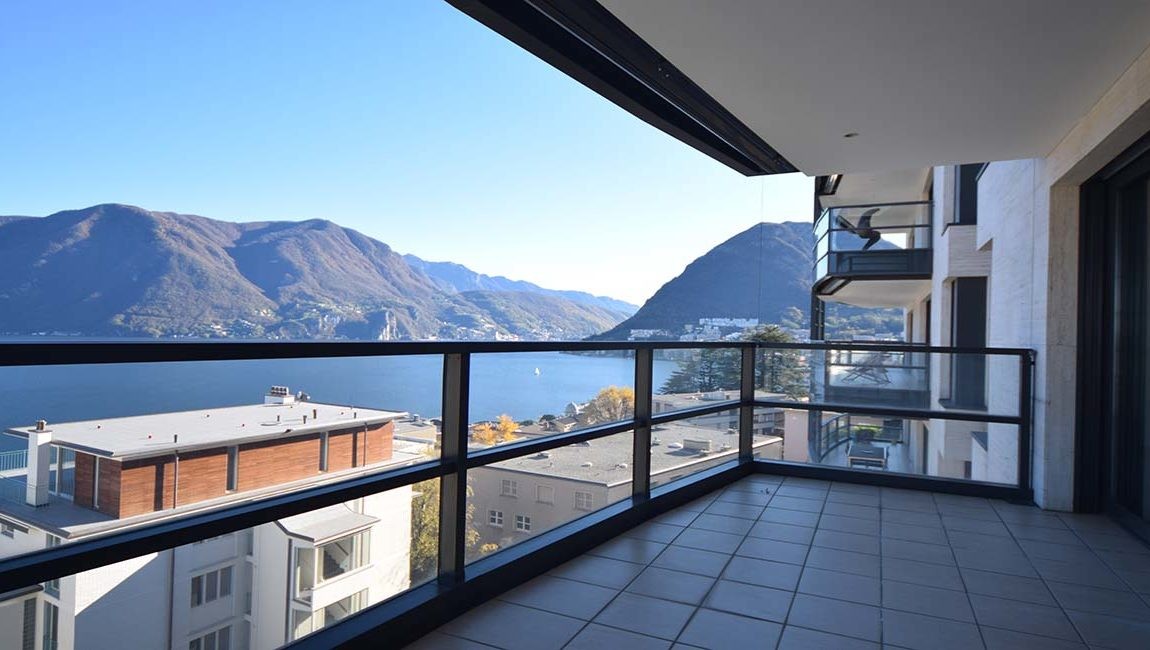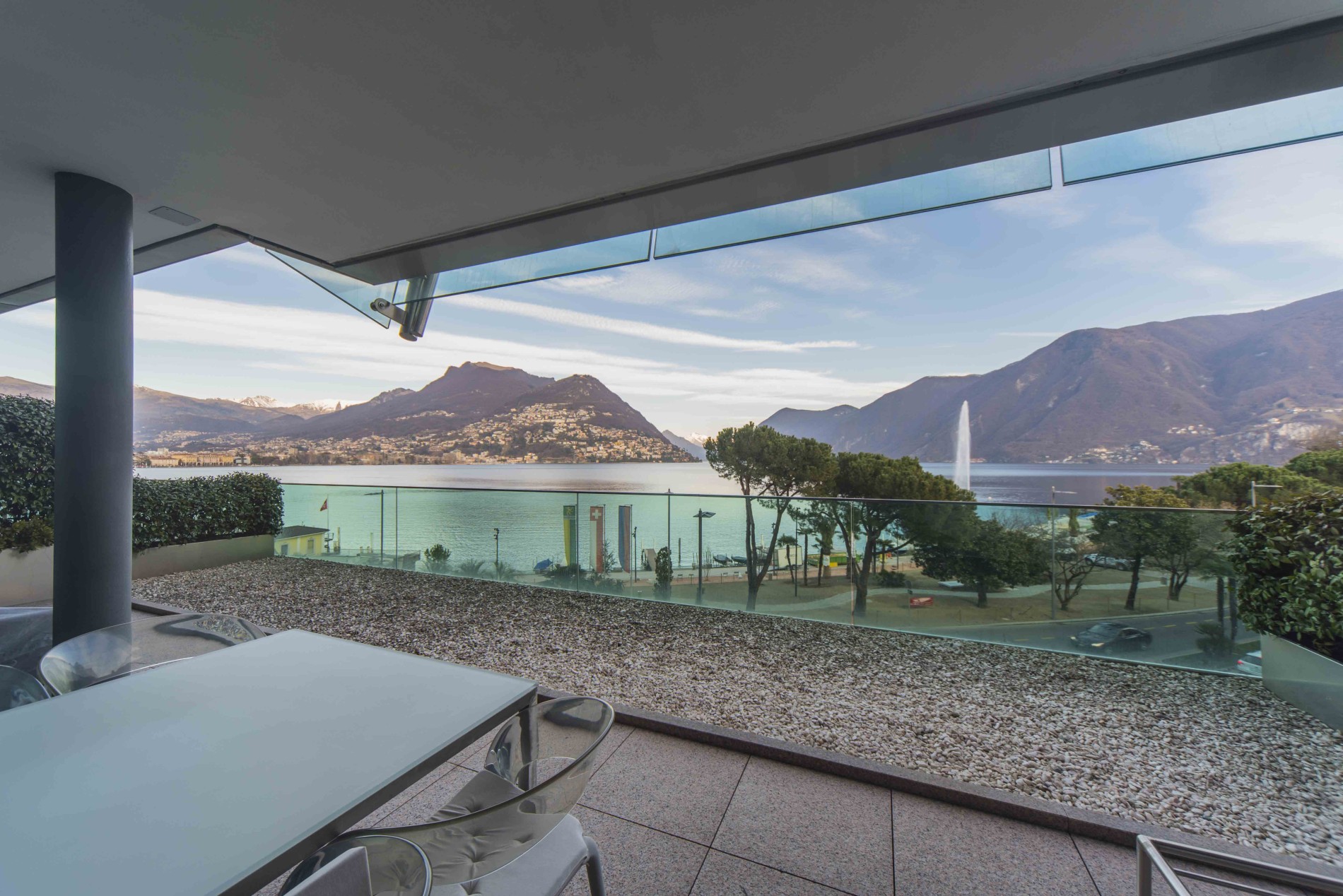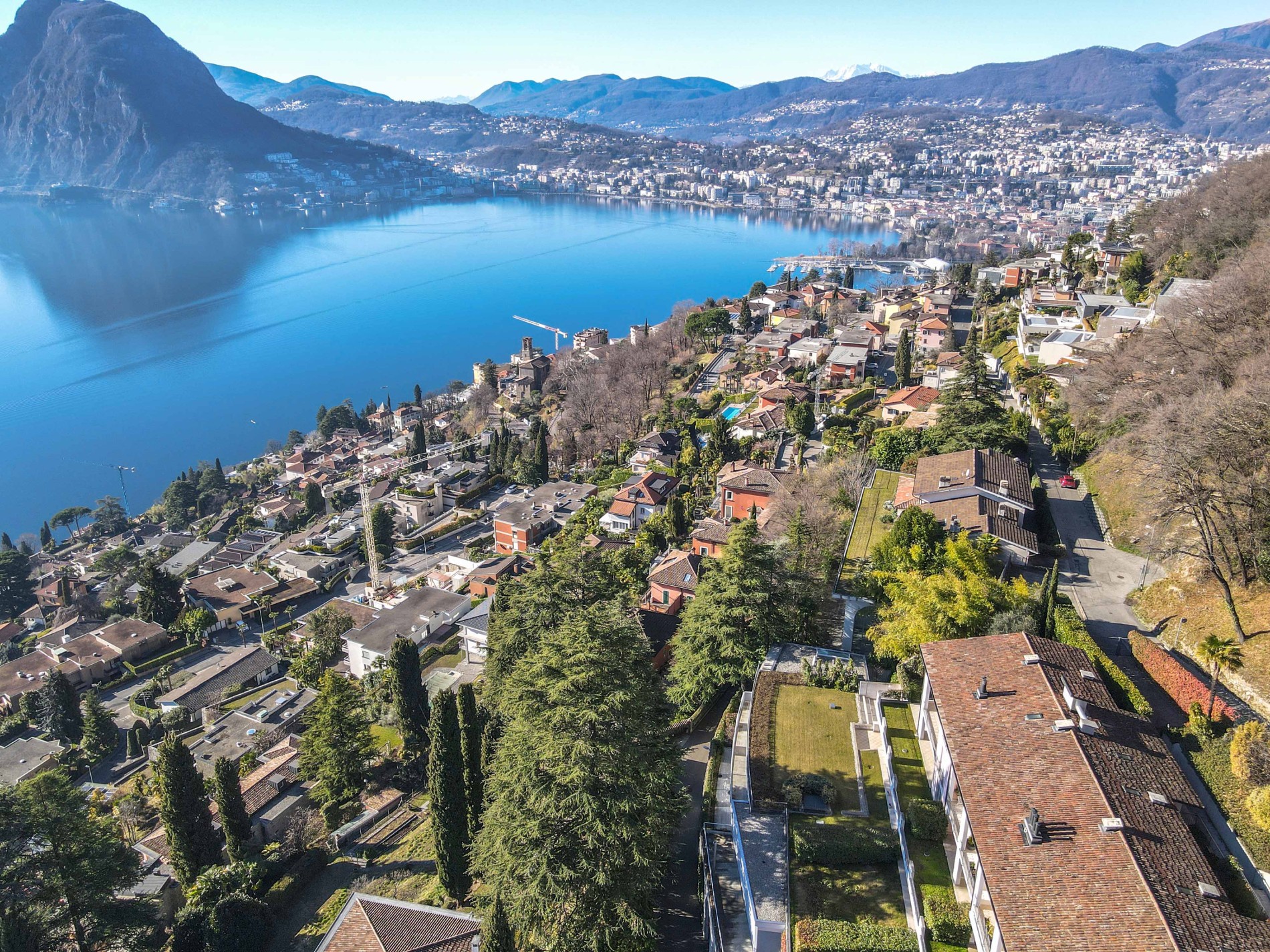The best districts in Lugano
Today we will illustrate the characteristics and peculiarities of the best neighbourhoods in the Lugano metropolitan area. We can state with full knowledge of the facts that the best neighbourhoods in Lugano are basically five: Lugano Centro, Loreto, Lugano Paradiso, the Cassarate, Castagnola and Ruvigliana areas, and lastly the Porza and Savosa areas.
In the paragraphs that follow, we will make a brief excursus on the services present in the aforementioned districts and in particular on the particularly interesting aspects that characterise them.
Lugano Centre
The area of Lugano Centro stretches from the Central Station to the lakeside and down to the border with Molino Nuovo to the north and with Loreto to the south, respectively.

The city centre is undoubtedly one of the most desirable and prestigious areas of Lugano, because of all the services in this area. Its location is the nerve centre of Lugano life: from the main streets of the city centre it is possible to enjoy a wonderful view of the lake and of the city's monuments. Lugano Centro is a particularly strategic area for the presence of primary, middle and high schools (both public and private).
The centre is also decidedly interesting due to the presence of supermarkets, excellent restaurants and characteristic clubs of the Lugano movida; particularly interesting are Parco del Tassino and Parco Florida. One of the most attractive venues in the historic centre of Lugano is certainly Piazza della Riforma: it is certainly worth entering the beautiful courtyard of the Palazzo Civico and abandoning oneself to the enchanting vision of the Spartacus sculpture by the Ticino artist Vincenzo Vela, considered an important exponent of the Italian 19th century.
Walking along Via Nassa, you will come across the nerve centre of Lugano's shopping; on the right, the prestigious Church of San Carlo Borromeo, built between 1640 and 1642. Continuing along the path, you will then reach the Santa Maria degli Angioli Church, which houses one of the great masterpieces of the early Renaissance, unanimously considered the most important Swiss fresco of the Renaissance era.
Arriving near the lakeside, you will come across the Belvedere garden, one of the most evocative spots in the centre: a flowering terrace that offers the cue for a short break to relax and enjoy the beauty of nature. One of the oldest and most characteristic glimpses of the city centre is also Via Pessina: here, ancient buildings house a variety of businesses.
In Piazza Cioccaro one can surrender oneself to the incredible charm of Palazzo Riva Ghioldi, one of the oldest buildings in Lugano, still in perfect condition thanks to frequent restorations. Finally, walking up Via Cattedrale, you will come close to a beautiful terrace with an excellent view of the city, opposite the Cathedral of San Lorenzo.
Lugano Loreto
Loreto is a district of the city of Lugano of 3620 inhabitants respectively. A particularly interesting aspect of this district is the fact that every family originating from this area is part of the so-called 'patrician commune', and is responsible for the upkeep of any property falling within the district's geographical boundaries.
Among the monuments and buildings of historical and cultural interest located in the Loreto district is the Church of Santa Maria di Loreto, built in 1524 by Franciscan monks and enclosed by a stone wall. The development of the Loreto district began during the second half of the 19th century, thanks to the construction of prestigious and luxurious hotels on the lake front, such as the Hotel Du Parc, and important villas (Villa Loreto and Villa Malpensata) that flanked the pre-existing Villa Tanzina, demolished in 1908.
The construction of Via Clemente Maraini in the course of 1887 connected the station to the Geretta area in Paradiso. Another important infrastructure and intervention was undoubtedly the construction of the Gradinata delle Rose, which connected Pizzale Loreto to the lake: this work was carried out between 1910 and 1915. We could define the district of Loreto as in some ways an integral part of Lugano Centro, slightly oriented towards the Paradiso district.
With regard to the services offered by Loreto, very significant in 1951 was the opening of the school and the children's home in Via Adani; both were built to respond concretely to the important demographic development after the Second World War. Today, as in the past, an important landmark of the Loreto neighbourhood is certainly the Church of Our Lady of Loreto and the religious buildings added at different times, occupied until 2007 by the Franciscan Fathers. Since 1993, the neighbourhood centre has been housed in the La Piazzetta residence for the elderly. In 2015, the new Polo Culturale Arte e Cultura (Lac) opened its doors in Loreto, built on the land formerly occupied by the old Palace Hotel. The building includes a theatre and concert hall capable of accommodating 1,000 people, an art museum extending over five levels, and the two facades of the former hotel, which have been completely restored and are decidedly important and relevant from an architectural and historical point of view; behind the facades are new volumes for private use, which house flats, offices and shops.
Lugano Paradiso

The district of Paradiso is to be considered as a second city centre; the location of this district, just like the historic centre of Lugano, is extremely convenient to quickly reach the motorway in the direction of Italy.
The Paradiso area is particularly interesting and attractive because of its tax multiplier: the lowest in Lugano. A great deal has been built in this district in recent years, and the infrastructure and services that this part of the city can now boast are remarkable. In Lugano Paradiso it is possible to find truly interesting and prestigious sales solutions.
Today, the district, although administratively separated from Lugano, is nevertheless an integral part of it from an urban point of view and totally included in the metropolitan area.
The tourist and entertainment industry certainly represents one of Lugano Paradiso's main economic activities; the district's name was changed in 1929, from Calprino to Paradiso, in order to enhance its natural vocation and propensity for tourism. In addition to the tourist industry, the area is known for a flourishing banking business. The municipality is served by the Lugano Paradiso Station and by an efficient urban bus service of the Lugano Public Transport.
Lugano Cassarate, Castagnola and Ruvigliana
Cassarate is an interesting flat area of the city, at the foot of Monte Brè. The area can boast the presence of excellent services, and there are a number of prestigious residential solutions with one of the best lake views in the city.

The Castagnola and Ruvigliana areas are particularly in demand and coveted by the citizens of inland Switzerland and northern Europe in general, as they are considered holiday areas of rare beauty and particular prestige; these places are in fact characterised by the presence of decidedly prestigious and important villas.
Castagnola and Ruvigliana, being located on Mount Brè, are therefore exposed to a magnificent view of Lake Lugano.
Lugano Porza and Savosa
Porza and Savosa are areas characterised by an important presence of villas; they are quiet areas of the city and particularly suitable for families. Both Porza and Savosa are easily accessible from the city centre, magnificently exposed and characterised by a charming presence of vineyards. This area is also strategically located, from where the city hospital and stadium can be easily reached.